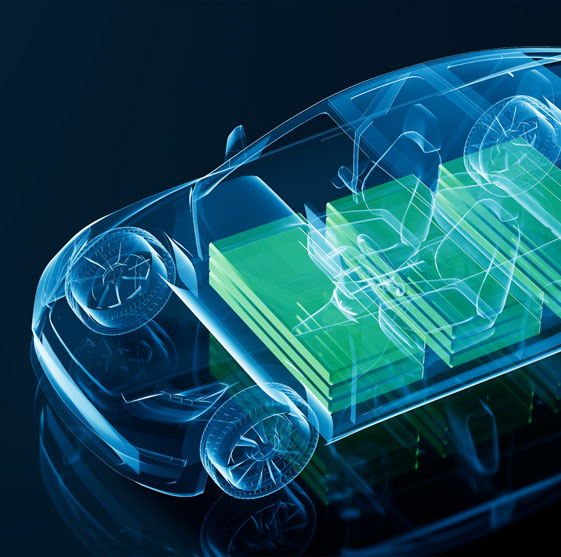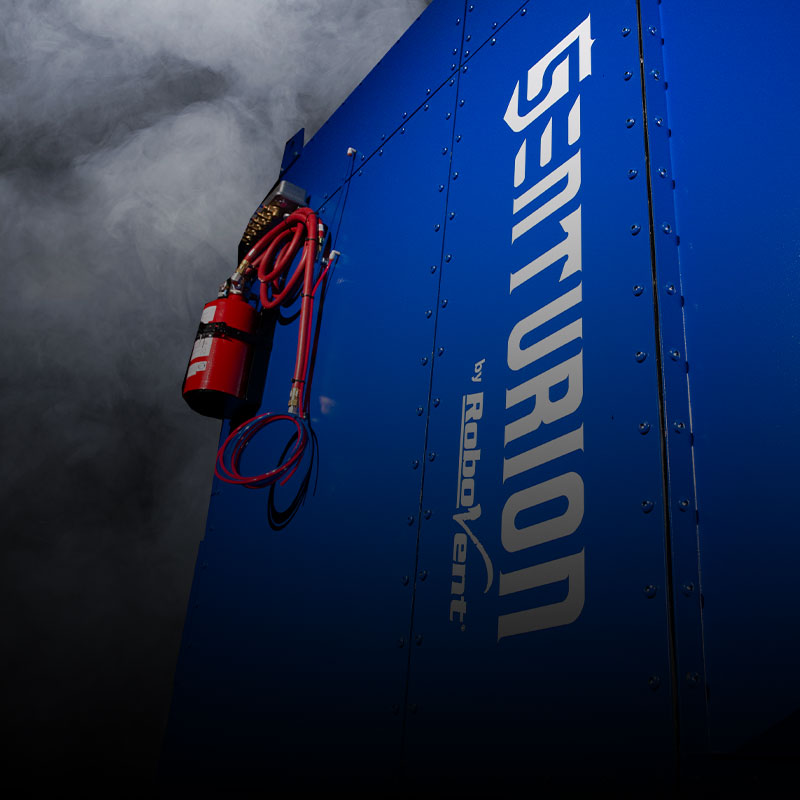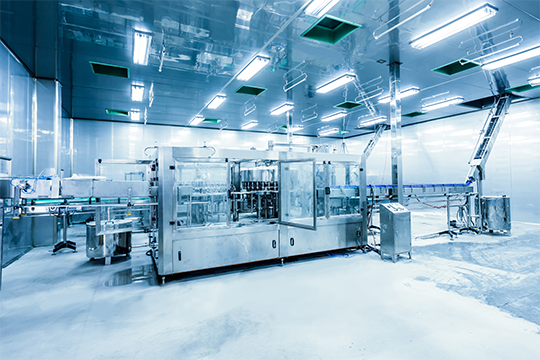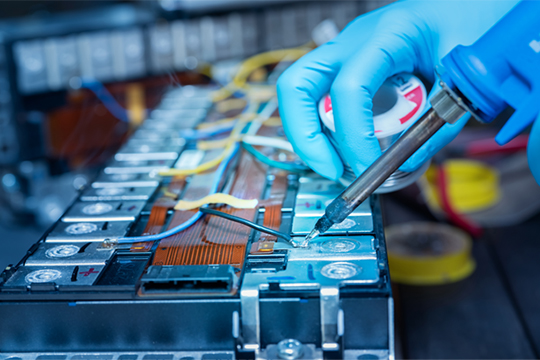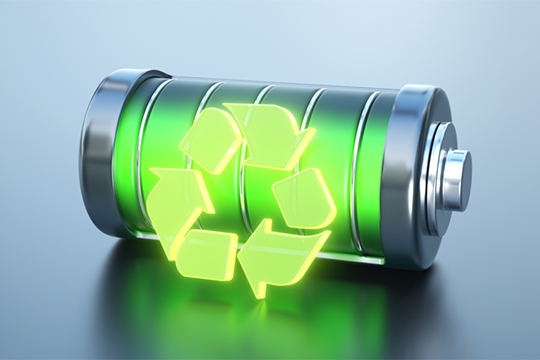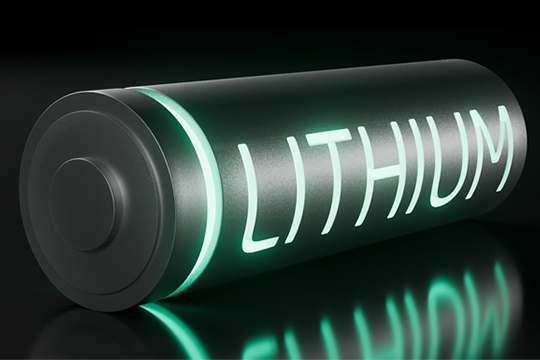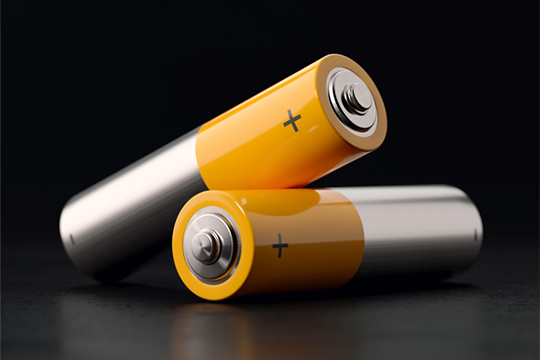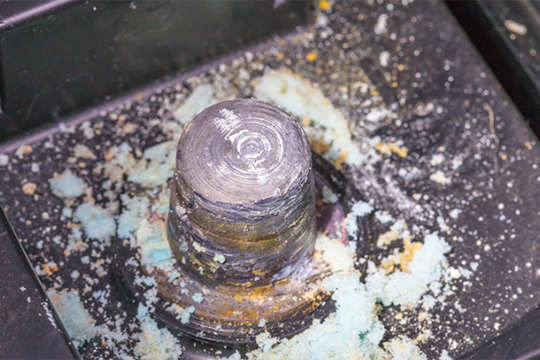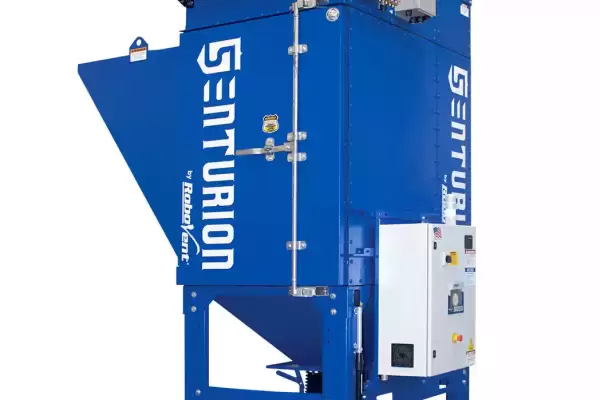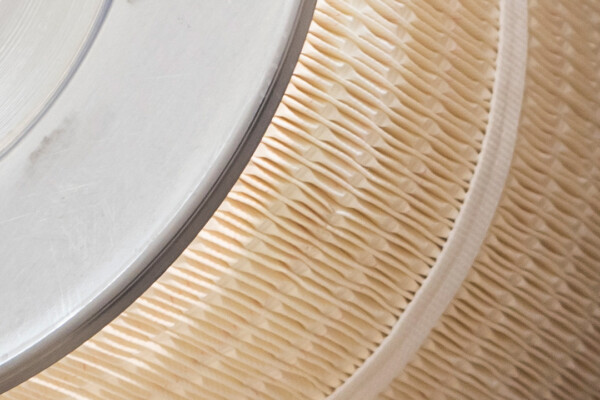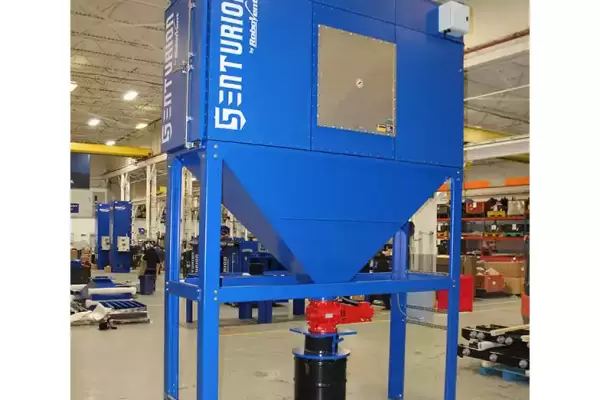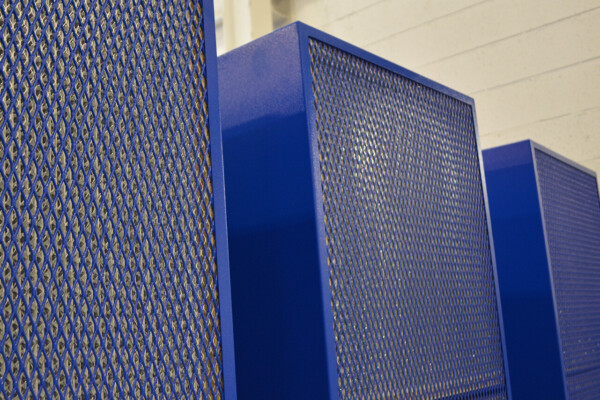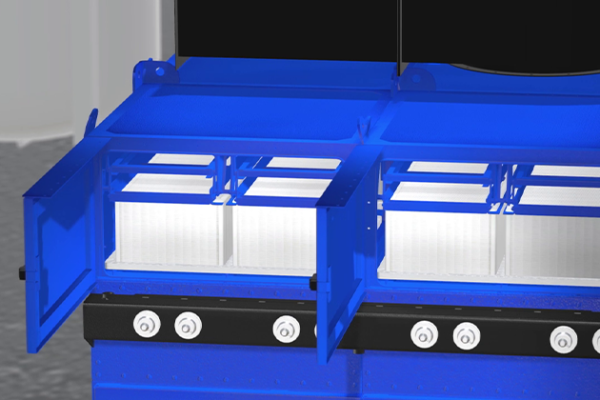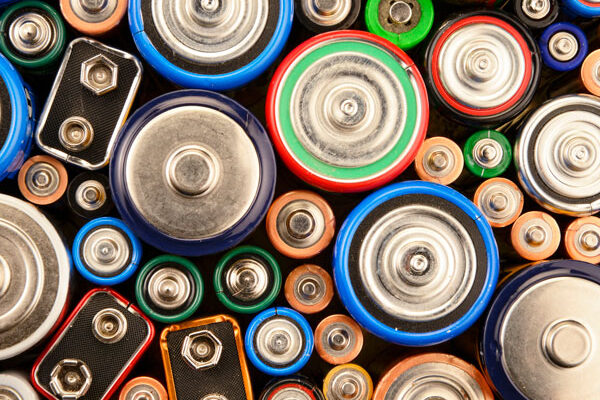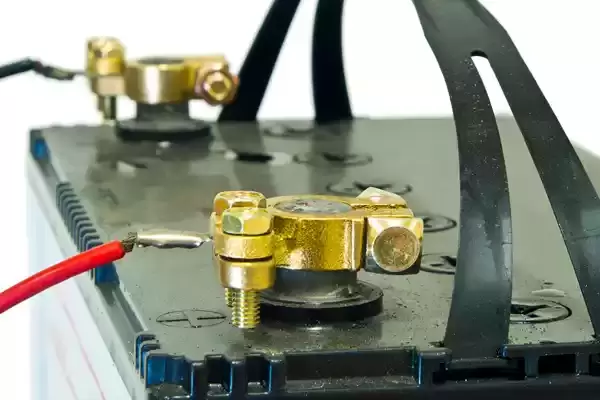INTRODUCTION TO DUST CONTROL FOR BATTERY MANUFACTURING
Dust collection solutions for battery manufacturing are never a “one size fits all” proposition. The best solution depends on many factors, including (but not limited to):
- The type of battery and specific materials used (e.g., Lithium-ion (Li-ion), lead-acid, alkaline, nickel-cadmium (NiCd), etc.).
- The presence of extra-fine particulates and nanomaterials increasingly used to improve energy density and performance of Li-ion batteries.
- The specific processes involved (e.g., mixing, cutting, slitting, calendaring, separation, packaging).
- The presence of energy-dense, combustible and reactive dusts, including metal dusts, silicon and nanomaterials.
- Requirements for inerting gases or low-oxygen atmospheres.
- Contamination concerns for sensitive battery components.
- Space constraints of the production environment.
The regulatory environment for battery manufacturing is expected to evolve as well, especially with the growing market for EV batteries. Dust collection solutions must be customized to the specific facility and process to keep battery manufacturers and their employees safe, ensure compliance with evolving regulations, and ensure product quality and safety.
Related Resources
DUST CONTROL SOLUTIONS FOR BATTERY MANUFACTURING
RoboVent offers robust and innovative dust control solutions for all stages of battery production, including material handling, electrode manufacturing, and cell and pack assembly. We are continuing to innovate to meet the needs of the growing and evolving battery manufacturing industry, including solutions for EV battery manufacturers. Ask us about:
- Dust collector selection and air filtration system design for various phases of battery production.
- OSHA and NFPA regulatory requirements and safety guidelines for management of combustible dusts, including the dust hazard analysis (DHA) process and NFPA-compliant system design.
- Operation and maintenance of your dust collection system.
- Indoor air quality and exposure testing.
Our experienced air quality engineers will work with you through the whole process, including needs analysis, system design and engineering, collector and ductwork installation, filter selection, HVAC system integration, startup and commissioning, and aftercare and service.
DUST-CREATING PROCESSES IN BATTERY MANUFACTURING
Battery manufacturing encompasses a number of key processes, each with unique requirements for dust collection system design. For Lithium-ion (Li-ion) batteries such as those used in the electric vehicle (EV) industry, battery production includes:
WORKER HEALTH RISKS FOR BATTERY PRODUCTION
Battery production involves the use of various chemicals, equipment, and processes that can pose health risks to workers if proper precautions are not taken, including chemical exposure, ergonomic risks, and heat and noise exposure. One of the most pressing health concerns in battery production is inhalation of dust generated at several stages of battery production, including electrode production and cell assembly processes.
The health risks of dust in the battery industry depend on the type and volume of dust generated. Some of the common symptoms of dust exposure include coughing, wheezing, shortness of breath, and chest tightness. The fine dust particles generated during the process can contain toxic and harmful substances, such as lithium, cobalt, and nickel, and innovative materials of silicon and activated carbon, which can pose a risk if inhaled. Inhalation of these dust particles can cause respiratory irritation, inflammation, and damage to lung tissue, leading to respiratory problems such as bronchitis, asthma, and fibrosis. The specific health risks will depend on the battery type and the materials used in production. Many of the materials used in battery production are considered to be carcinogenic and may also have neurological or reproductive and developmental effects. Learn more about dust inhalation risks for different types of battery materials:
BATTERY PRODUCTION DUST AND COMBUSTION RISK
Combustible dust is a significant risk in battery manufacturing, as the production process can generate fine dust particles that can be combustible or explosive. The dust generated during the production process can come from a variety of sources, such as the mixing of powders, the cutting of electrodes, or the handling of raw materials. Many battery chemistries rely on materials with very high energy densities, meaning they store a lot of energy in a small space. Dust produced by battery production—including combustible metal dust—also tends to be fine and easily suspended in the air as a cloud, especially when using nanomaterials. These characteristics create a strong risk of a combustible dust explosion if dust is not handled appropriately.
When these dust particles are suspended in the air and come into contact with an ignition source, such as a spark or heat source, they can ignite and cause a fire or explosion. The risks associated with combustible dust are particularly significant in battery manufacturing, as many of the materials used in battery production, such as lithium and cobalt, are combustible or reactive. To mitigate the risks of combustible dust in battery manufacturing, it is essential to implement appropriate safety measures, such as:
- Hazard Assessment: Conduct a thorough hazard assessment to identify potential sources of combustible dust and the associated risks. This may include completion of a formal Dust Hazard Analysis (DHA), including material characterization to quantify the explosive potential of the specific dust used for the battery chemistry.
- Engineering Controls: Implement appropriate engineering controls, such as ventilation systems, dust collection systems, and explosion-proof equipment.
- Housekeeping: Implement effective housekeeping procedures to prevent the accumulation of combustible dust.
- Training: Provide regular training to workers on the hazards of combustible dust, proper handling and disposal of materials, and the use of personal protective equipment.
- Regular Inspection: Conduct regular inspections of equipment and work areas to identify potential sources of combustible dust and take corrective action as necessary.
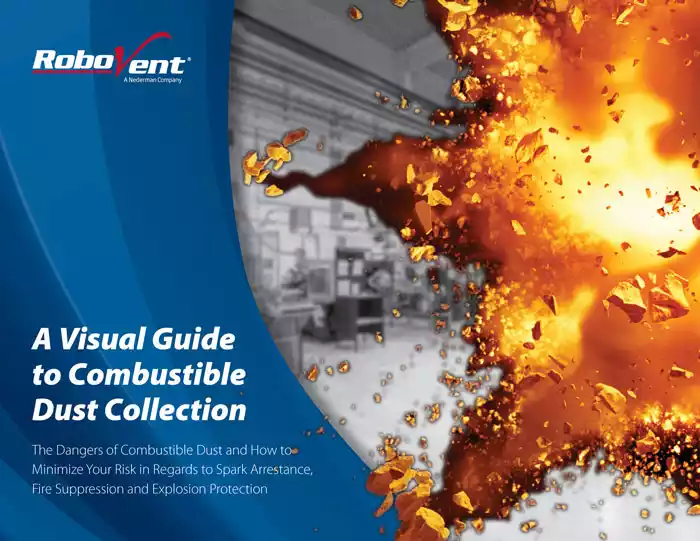 In addition, it is essential to have a dust collection system compliant with NFPA standards for collection of combustible battery dust. Explosive metallic dusts and nanomaterials used in battery production can create a significant risk for a combustion event inside the dust collector or ductwork.
In addition, it is essential to have a dust collection system compliant with NFPA standards for collection of combustible battery dust. Explosive metallic dusts and nanomaterials used in battery production can create a significant risk for a combustion event inside the dust collector or ductwork.
Learn more about mitigating combustion risks for battery dusts in the Visual Guide to Combustible Dust Collection.
DUST CONTROL AND BATTERY QUALITY
Uncontrolled dust can have a significant impact on product quality in battery production. Dust can contaminate production materials and interfere with the battery production process, leading to a range of quality issues such as:
- Inconsistent Performance: Dust contamination can cause inconsistencies in the battery production process, leading to variations in battery performance and reliability.
- Reduced Efficiency: Dust buildup in equipment and machinery can reduce efficiency and increase downtime for maintenance and cleaning.
- Shorter Lifespan: Dust contamination can cause premature wear and tear on equipment, reducing its lifespan and requiring more frequent replacement.
To mitigate the impact of uncontrolled dust on product quality and equipment performance, battery manufacturers must implement appropriate dust control measures and procedures. This includes the use of proper dust collection equipment and ventilation systems to capture and contain dust at the source, as well as regular cleaning and maintenance of equipment and work areas to prevent dust buildup. It is also essential to conduct regular quality control checks to ensure that the production process is free of contamination and producing high-quality batteries.
DUST CONTROL REGULATIONS FOR THE BATTERY INDUSTRY
Battery manufacturers must meet specific regulations to ensure the safety of people, processes and facilities. In the U.S., worker health and safety regulations are set by the Occupational Safety and Health Administration (OSHA). Battery manufacturers must also follow guidelines set by the National Fire Protection Association (NFPA) for handling of combustible materials. As battery manufacturing ramps up to meet the growing demand from the Electric Vehicle (EV) and consumer electronics markets, it is expected that the regulatory environment will continue to evolve.
- Hazardous materials exposure: OSHA sets Permissible Exposure Limits (PELs) for specific dust types based on their health impacts. These PELs have the force of law; workers cannot be exposed above the regulatory limit. Most of these limits are set based on an 8-hour time-weighted average (TWA) to minimize health impacts. Some highly toxic materials used in the battery industry, such as lead, may also have an action limit (AC), which is usually half of the PEL. If workers are exposed above the action limit, employers may have to take special precautions such as medical surveillance. Employers should also be aware of Recommended Exposure Limits (RELs) from the National Institute of Occupational Safety and Health (NIOSH) and Threshold Value Limits (TLVs) from the American Conference of Governmental Industrial Hygienists (ACGIH). These guidelines, which do not have the force of law, are often lower than the OSHA regulatory limit. Manufacturers may wish to aim for the lower limits to better protect employees’ health and comfort. It is important to note that engineering controls, such as dust control, must be attempted before relying on personal protective equipment, such as respirators, to meet the PEL. See individual dust type pages for Lithium-Ion Batteries, Nickel-Cadmium Batteries, Alkaline Batteries, and Lead-Acid Batteries for PELs specific to these material types, or check the OSHA Occupational Chemical Database for a complete listing. Read more: Understanding Exposure Limits.
CONSIDERATIONS IN SELECTING A DUST CONTROL SOLUTION FOR BATTERY PRODUCTION DUST
Engineering controls for dust created during battery production will generally include a mix of containment, ventilation and dust collection/filtration solutions. While the exact solution will vary depending on the dust type, specific processes, and layout of the facility and production lines, there are some general principles that apply across battery production applications.
- For most battery production processes, a cartridge dust collector such as RoboVent Senturion provides the best combination of versatility, efficiency and performance. Cartridge dust collectors have a smaller physical footprint and greater energy efficiency per CFM than other dust collector styles, such as baghouse collectors. (Note: for some highly combustible dusts, a wet collection system may be advised; proper design must be used to prevent formation of hydrigen in wet collection systems. Talk to an air filtration system engineer to ensure that your system is properly designed for your applications.)
- Collect dust as close to the source as possible to prevent propagation throughout the facility. This may involve enclosing certain processes or areas to enable efficient source capture and filtration. Where processes can’t be enclosed, or fugitive dust is a concern, an ambient filtration or ventilation system may be used under some circumstances.
- It may be necessary to control airflow to prevent air and dust movement from dirtier parts of the process to cleaner parts of the process. This will avoid contamination that could impact battery quality and performance.
- Hood design and air velocity must be tailored for the production process and dust type. For example, when collecting ultrafine dusts (especially nanomaterials), care must be taken to avoid disturbing production processes and collecting excess usable material along with airborne dust. In some production environments, consideration must also be given to the presence of inerting gases or a low-oxygen environment.
- Filter selection is also important for collection of ultrafine dust, nanomaterials and combustible dusts. A cartridge filter with a MERV rating of 15 or higher is usually recommended. For nanomaterials, a HEPA after-filter may be needed as well, while processes that produce noxious gases along with dust may require molecular filtration, such as activated carbon. When collecting combustible dust from battery manufacturing, anti-static and fire-retardant filter materials may be advised.
- The dust collection system for battery dust must be designed in accordance with all OSHA regulations and NFPA standards for collection of combustible dust. This includes the use of an NFPA-compliant deflagration system, including explosion venting to safely release the pressure of an explosion, a rotary airlock to prevent pressure waves from propagating backward into the facility, and an isolation valve to prevent material in the collection bin from reentering the filter chamber. Depending on the combustibility of the material and specific process hazards, a flameless explosion vent or high-speed abort gate may be required. The dust collector may also require an upgraded door and heavy-gauge steel construction to stand up to a combustion event.
- When working with toxic battery materials, indoor air testing or exposure testing may be advisable in areas where humans are in close proximity to production processes. Testing and validation are also recommended after the air filtration system is installed to ensure that it is working as expected.
CONTACT US
Contact one of our industrial dust experts to gain the advantage against dust-generating processes and applications.


